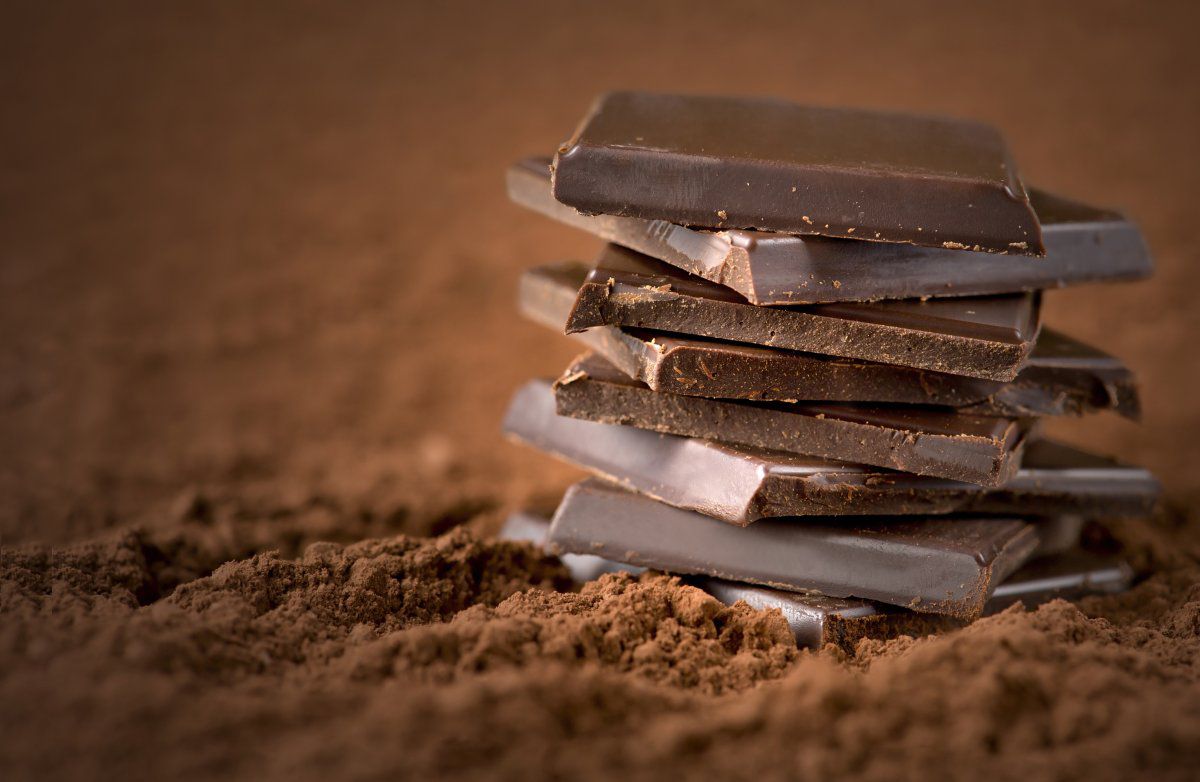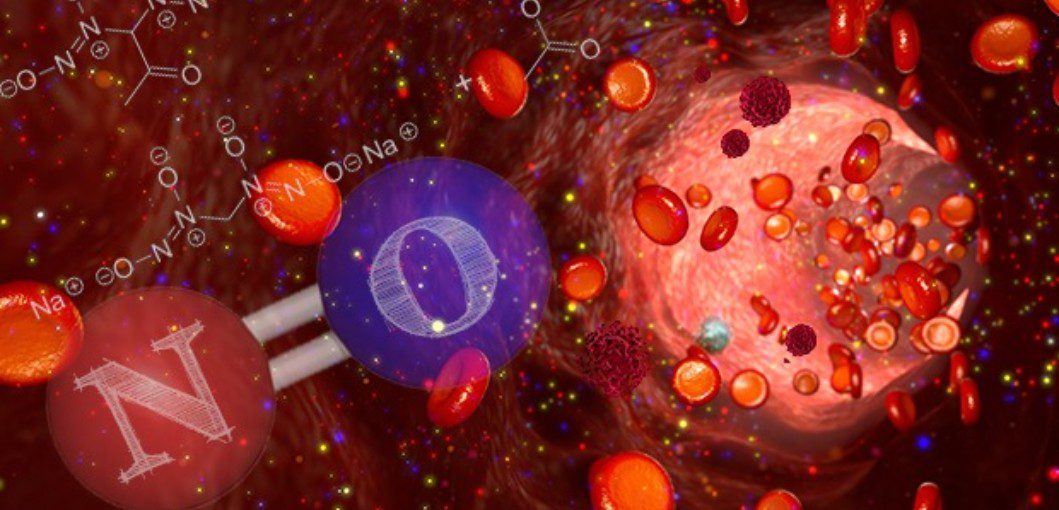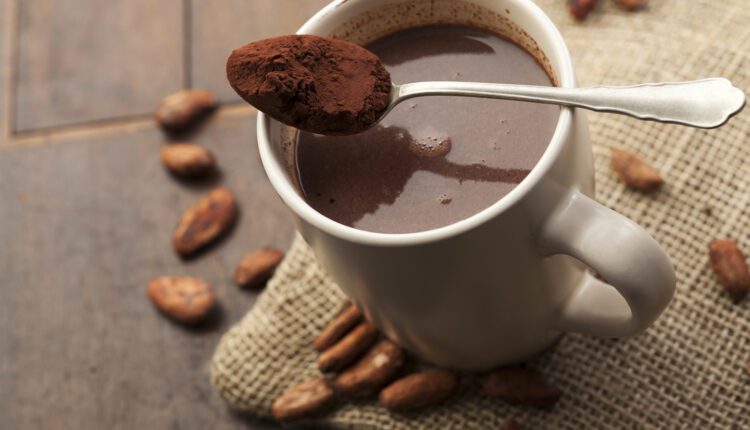An estimated 18 million cases of cancer were reported around the world in 2018, of which 9.5 million cases were in men and 8.5 million in women.
Medical research continues towards finding the most potent solution to manage the condition in all its kinds, including how nutrition could help as an anti-cancer, in the prevention and management.
There is a paper titled ‘Nutrition and cancer: A review of the evidence for an anti-cancer diet’ by Michael S. Donaldson published in the Nutrition Journal in 2004.
It notes that about 30-40 per cent of all cancers can be prevented by lifestyle and dietary measures alone. We do not need to look far because Ghana is the second-largest producer of cocoa in the world.
We are the largest producer of premium quality cocoa in the world! A paper titled ‘Cancer Protective Properties of Cocoa: A Review of Epidemiologic Evidence’ by Maskarinec Gertraud (MD), published in Nutrition and Cancer (2009) makes interesting reading.
Due to the high concentration of catechins and procyanidins, bioactive compounds with distinct properties, cocoa and chocolate products have beneficial health effects against oxidative stress and chronic inflammation- risk factors for cancer and other chronic diseases.
Excessive accumulation of free radicals results in oxidative stress – a key initiator and progressor of diseases and premature aging.
An interesting aspect of cocoa products as compared to other flavonoid containing foods is their high concentration of procyanidins, polymeric condensation products of catechins (dimers to decamers) formed during fermentation.
These bioactive compounds constitute 60% of the total polyphenol content in cocoa products and confer a strong antioxidant capacity.
The majority of human studies on cocoa products and disease risk have reported on cardiovascular disease and its risk factors, in particular, high blood pressure and platelet aggregation.
Anti-cancer or cancer protective effects of cocoa are related to its anti-inflammatory and antioxidant effects. A relation between chronic inflammation and cancer is supported by signs of inflammation at the cancer site, the fact that inflammatory conditions predispose to cancer, and an association of polymorphisms of cytokine genes with cancer.
Inflammatory cells produce an attractive environment for tumour growth, facilitate genomic instability, and promote angiogenesis.
Markers of inflammation, such as interleukin (IL)-6, C-reactive protein (CRP), tumour necrosis factor (TNF)-α, and cytotoxic activity of peripheral-blood lymphocytes have been associated with cancer risk in prospective studies.
As part of inflammatory processes, ROS are produced and result in oxidative stress and a variety of chronic conditions unless a sufficient supply of antioxidants counteracts their effects.
Fermentation and drying of cacao beans are the keys to flavan-3-ol content and chocolate flavour. A known feature in cocoa preparation by our cherished cocoa farmers.
Among the many chemical reactions that take place, oxidation is an important one and causes the colour to darken, whereas the polyphenols are oxidized by means of polyphenol oxidases.
Catechin content of cacao beans was reported as 1.9 mg/g, and for dark chocolate candies, the value is 0.5 mg/g.
A separate US database has combined levels of procyanidins in a number of foods, primarily cocoa products, fruits, and vegetables.
Baking chocolate and cocoa power have by far the highest concentration of total procyanidins with respective values of 1,637 mg/100 g and 1,374 mg/100 g.
A comparison of cocoa and chocolate products from different brands showed the highest catechin and procyanidin content in natural cocoa powders (2.9–3.5 mg/g and 32–49 mg/g, respectively).

The respective ranges for unsweetened chocolate were (1.5–2.8 mg/g and 9–25 mg/g); for dark chocolate, they were 0.8 to 1.6 mg/g and 9 to 10 mg/g, with lower levels for chocolate chips, milk chocolate.
Overall, a strong correlation between procyanidin content of cocoa products and their antioxidant capacity was demonstrated using oxygen radical absorbance capacity (ORAC) assays. The higher the ORAC value, the higher the concentration of antioxidants present in a food.
In a study that measured the total concentration of redox compounds in 1,113 different foods, of the 50 foods with the highest antioxidant capacity, 5 were chocolate-based. Unsweetened baking chocolate had an antioxidant content of 8.9 nmol/100 g (range 1–126 nmol/100 g).
In a large Italian cohort, the levels of CRP, a marker of chronic inflammation, were compared between 1,317 subjects with no chocolate intake and 824 subjects who ate dark chocolate regularly, with a mean of 5.7 g (range=0.7–20 g) per day.
The US Department of Agriculture/Journal of the American Chemical Society has released data on high ORAC value foods per 100g compared to unprocessed raw cocoa (28,000), dark chocolate (13,200), prunes (5,770), blueberries (2,400), kale (1,770), and broccoli (890).
Even after adjustment for lifestyle factors and other nutrients, serum CRP concentrations remained significantly lower in chocolate consumers than nonconsumers.
In a J-shaped distribution, the lowest CRP concentrations were observed in consumers of up to 1 serving (20 g) of dark chocolate every 3 days.
 Although soybeans, green tea, and wine contain bioactive compounds with similar properties as those in cocoa products, the high concentration of procyanidins is a distinctive property of cocoa products!
Although soybeans, green tea, and wine contain bioactive compounds with similar properties as those in cocoa products, the high concentration of procyanidins is a distinctive property of cocoa products!
Procyanidins have been examined in experimental systems for a variety of potential anti-cancer effects including inhibition of breast cancer cell proliferation, local antioxidant activity in the gastrointestinal tract, regulation of signal transduction pathways, suppression of oncogenes, induction of apoptosis, modulation of enzyme activity related to detoxification, stimulation of the immune system, angiogenesis, and regulation of hormone metabolism.
The pleasurable eating experience in combination with strong antioxidant effects is another distinct property of cocoa products.
Although the bioactive components in chocolate may be similar to those reported for wine, green tea, and soy isoflavones, the sensory reward of the melting sweetness, apparently the predominant factor in chocolate cravings, are exclusive to cocoa products.
With the increasing incidence of all kinds of cancers in people of all ages, the time to start consuming cocoa to protect yourself is today. It begins with a warm cup of unsweetened cocoa drink first thing in the morning, and another in the evening before bed.
And while at it, why don’t you spread this beneficial information about the anti-cancer properties of cocoa to all your loved ones. Be an ambassador for cocoa as we all work together to reduce the disease burden in the world.
[wp_quiz id=”3997″]
- Daily Consumption Of Cocoa Essential For Preventing Liver Diseases - September 1, 2020
- Full Facts About How Cocoa Offers Protection Against Diabetes - August 24, 2020
- Powerful Anti-Cancer Effects Of Cocoa Everyone Must Know - August 11, 2020
